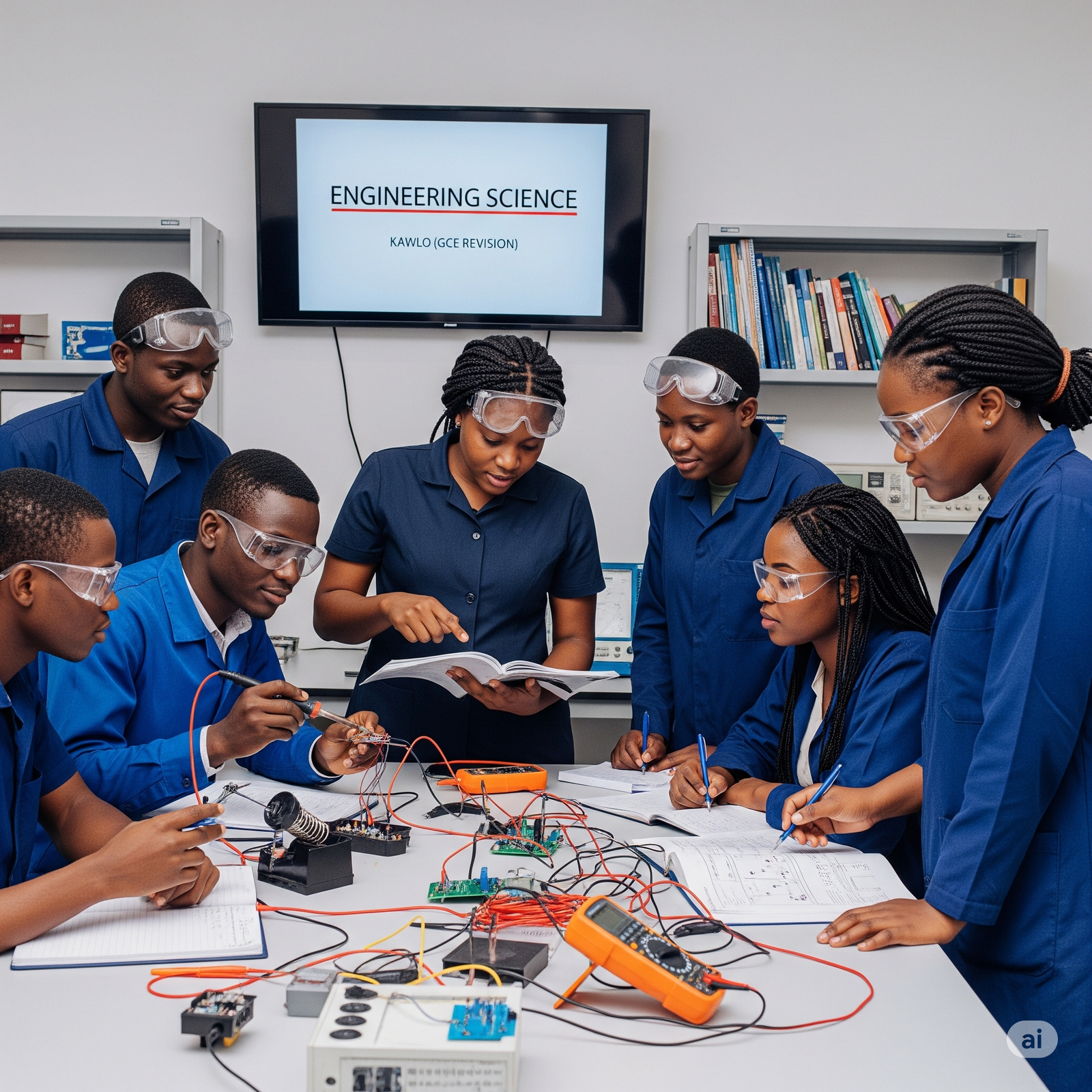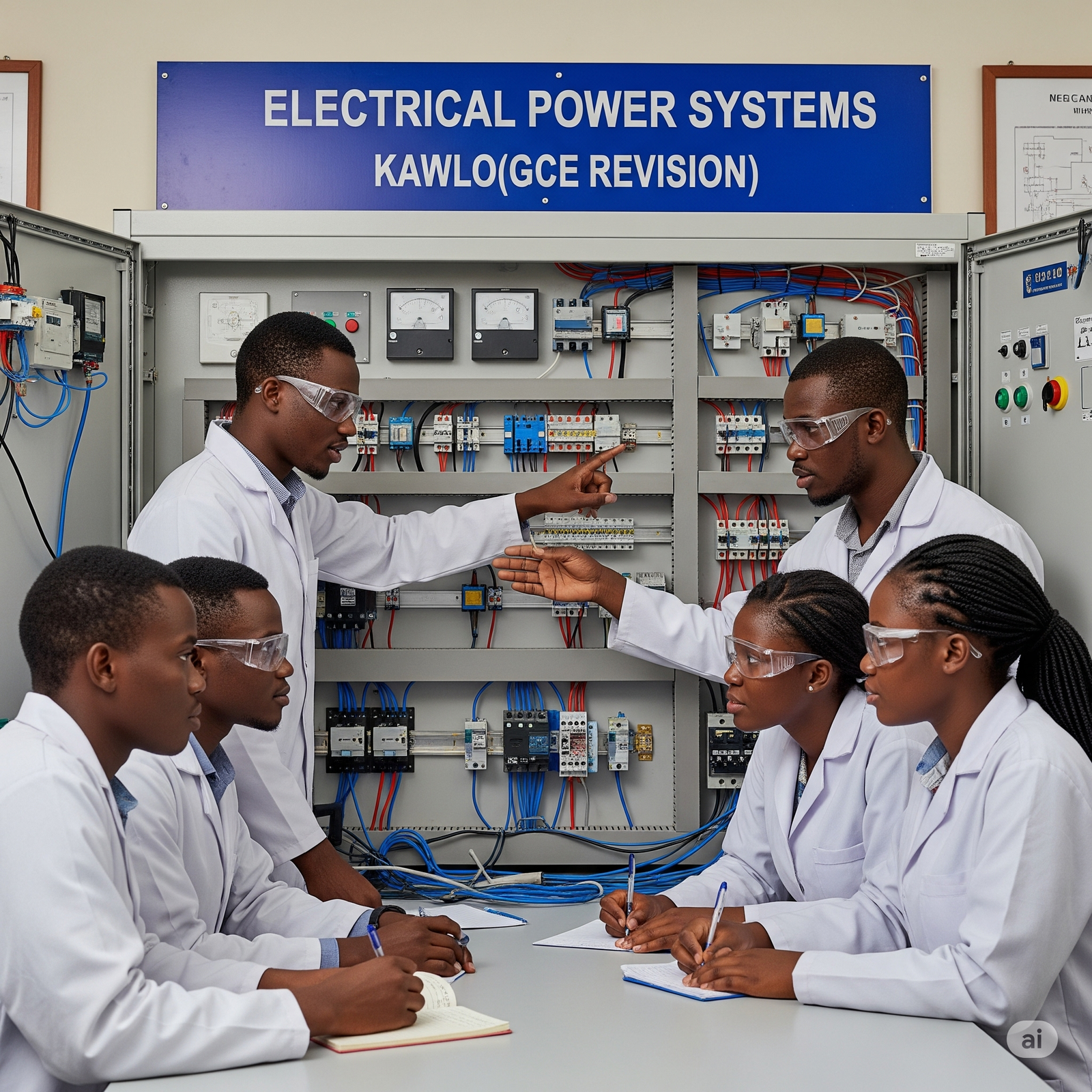genetic engineering
Genetic Engineering is the manipulation of gene (DNA) to produce useful products
- It involves isolation, removal and cloning of useful genes (1 x 2 = 2 marks)
(ii) Biotechnology is the application of scientific and engineering principles to the production if materials by biological agents- Examples: fermentation of beer and wine (1 x 2 = 2 marks)
(b)(i) Production of insulin
Messenger RNA is extracted from human pancreatic tissue
The mRNA is treated with reverse transcriptase to manufacture copy DNA (cDNA).
The human regulator DNA is replaced by bacterial regulator DNA (marker gene) to ensure greater production endonuclease
A plasmid removed from bacterial cell is opened up at a specification point using the appropriate restriction nuclease
The cDNA is now attached to the plasmid using DNA ligase. The resultant plasmid carrying the human DNA for insulin is now called the plasmid vector.
The plasmid vector is reinserted into the plasmid free bacterial cell by using chemicals which make the wall permeable to the plasmid
The plasmid(s) replicate during fermentation of genetically engineering host bacteria.
This is followed by separation and purification of human insulin (1 x 8 = 8 marks)
(ii) production of cheese
- Milk is first pasteurized by destroying unwanted micro-organisms.
- Selected bacteria such as leuconostoc lactis which produces C02 and streptococcus lactis which produces lactic acid from milk sugar lactose are used
- Lactic acid coagulates the milk protein (casein) to form solid curd in a liquid component, the whey.
- Rennet is also added to clot the milk
- After removal of whey, salt is added to the curds to serve as osmotic preservative
- Preservation of the curd takes place for weeks and months in which in which enzyme driven changes take place that leads to the ripening and maturity of cheese. (1 x 8 = 8 marks)
(iii) manufacture of monoclonal antibodies
- An organism e.g., mouse is injected with antigen, e.g., red blood cells of a sheep.
- The antigens stimulate B-lymphocytes to produce anti-bodies.
- The B-lymphocytes produces plasma cell which are removed from the spleen of the mouse
- Tumor cells from the marrow of another mouse are collected-together with the plasma cells a hybridoma is gotten (tumor cells + plasma cells)
- The resulting cells are incubated in a special medium
- The hybridoma cells are then cloned on media in the laboratory
- This is followed by assaying for the best line of the hybridoma cells
- Large scale production is in an air-lift fermenter to prevent damage of the cells (1 x 8 = 8 marks)
(iv) commercial production of yoghurt
- Fresh milk is heat treated and later cooled to incubation temperature
- The fermenter is inoculated with a starter culture like Lactobacillus bulgaricus and Streptococcus thermophilus
- It is then incubated at 40 degrees Celsius for about 6 hours.
- bulgaricus breaks down milk protein into peptides
- The peptide is used by L. thermophilus to produce formic acid
- The formic acid is now used and lactose is broken down to lactic acid by L. bulgaricus
- There is coagulation of the milk by lactic acid
- Ethanol (acetaldehyde) is produced by each bacterial species giving the buttery taste.
(1 x 8 = 8 marks) (total = 20 marks)














